Description
vintage-inspired mic pre & EQ for the 5088.
The Rupert Neve Designs Shelford 5052 echoes the simple and definitive 1073 feature set with a mic preamp, high pass filter, and 3-band inductor EQ, plus modern capabilities like the variable Silk / Texture control and simultaneous pre/post “tape” operation. Utilizing class-A, discrete, +/-24V topologies with custom-wound transformers and inductors, Rupert Neve designed the 5052 as a channel strip that captures the soul of his classic designs – without the previous compromises.
The Mic Preamp
Like Rupert’s designs from his time in Little Shelford, the 5052 preamplifier has 72dB of discrete, class-A gain coupled with robust square-core transformers. Unlike the classics, however, the output transformer features the Silk Red / Blue and Texture controls to precisely tailor the harmonic content and tonality of the output stage.
By engaging these controls and sufficiently driving the output, the 5052 can produce up to 4-5% THD (primarily 2nd order, some 3rd order), bringing richness and thickness to tracks when desired with no danger of overloading the output stage. With Silk disengaged, the output is modern and pristine, yet still retains Rupert’s signature larger-than-life transformer sound. The mic pre section also includes a sweepable 20-250Hz high-pass filter, Mic / Line selection, 48V phantom power, and polarity reverse.
The “Best-Of” EQ
The 5052’s 3-band, custom-tapped inductor EQ was inspired by our favorite elements of Rupert’s vintage EQ designs. The low-frequency band is designed to produce a creamy, resonant bass response similar to a vintage 1064 – but unlike the vintage modules, the LF band on the 5052 can be used as either a shelf or a peak filter, adding punch, dimension, and control to your low end.
The midrange band is based on that of 1073, ideal for sweetening vocals and instruments while bringing them forward in a mix, and its proportional “Q” response makes it well-suited for minimizing problematic frequencies. The high-frequency band is a hybrid vintage / modern design, blending inductor circuitry with capacitor-based topologies to achieve vintage tones with enhanced control.
As with Rupert’s most prized classic designs, each EQ section uses low-feedback, class-A discrete electronics to prevent low-level artifacts and harshness from detracting from the tonal shaping. However, this new circuit is a decidedly modern design with updated techniques and components that were simply not available 50 years ago, and is definitely not a “clone”.
What is an Inductor?
Inductors are wires wound around a coil that provide a form of frequency-dependent resistance. When they saturate, they bring out beautifully musical harmonics that give your tracks the smooth, polished sound that has made Rupert’s consoles and equipment so desirable for over fifty years. This is what makes them different from capacitor-based EQ designs, which do a great job at surgical equalization. But inductors provide the tone.
While it is certainly possible to create a functioning EQ using off-the-shelf inductors, we choose to use our own custom inductors for the 5052. This attention to detail in controlling variables such as the winding and core materials in relation to the surrounding circuitry allows the 5052 to capture the vitality and personality of Rupert’s classic designs.
POWER & RACKS
The 5052 receives +/- 24V rails from an external DC power supply using a 4-pin connection. There are currently two options available: a 25-way 2U rack-mount supply, or a smaller 5-way “brick” supply.
The 5052 can be mounted in our vertical 2–way wooden racks, 9-way metal racks, or within a 5088’s penthouse section.
Please see the Accessories page for more information.
MIC / LINE
Selects between mic and line inputs.
TRIM
Continuously variable +/-6 dB level trim control.
TO EQ
Sends the mic preamp signal directly to the EQ when engaged.
MIC GAIN
A 12-way precision rotary switch controls gain from 0 to 66 dB in 6 dB steps.
SILK / TEXTURE
Pushing the Silk button cycles the Silk modes from Red to Blue to OFF. Silk reduces the negative feedback on the output transformer, adding harmonic content as the texture is increased. Red Silk accentuates the musical harmonic saturation from the mid and high frequencies, while Blue Silk accentuates harmonics from the low and low-mid frequencies. By manipulating the Texture control, the amount of Silk can be changed from essentially absent, to roughly 4-5% THD (mostly second order) depending on how hard the output transformer is being driven.
HIGH PASS FILTER
The high pass filter is continuously variable from 20-250Hz and engaged by the HPF switch, which illuminates when engaged. It is a valuable aid in any signal chain, but particularly so in a microphone preamplifier. Signals below the selected frequency are attenuated at a rate of 12db / octave, getting rid of proximity effect, building rumble, air handling, motor hum, etc.
HPF
12dB/octave High Pass Filter, variable from 20 – 250 Hz.
HIGH FREQ
+/- 15dB, Shelf or Peak, selectable at 8 kHz to 16 kHz.
MID FREQ
+/- 15dB with 6 center frequencies; 200 Hz, 350 Hz, 700 Hz, 1.5 kHz, 3 kHz, and 6 kHz, with MID HI Q, switch to narrow the bandwidth or increase the Q of the filter.
LOW FREQ
+/- 15dB, Shelf or Peak, selectable at 35 Hz, 60 Hz, 100 Hz, or 220 Hz.
+48V
Engages phantom power on the microphone input
POLARITY
Push button inverts the polarity of the signal path, and illuminates when engaged. The symbol “Ø” is often used to denote opposite polarity.
LEVEL METER
An eight-segment LED bar-graph meter displays output level (pre-Silk). The color range proceeds from green for lower level signals, yellow for intermediate signals, and red for high levels. When the 5052 is clipped, the highest red LED will hold longer depending on how far above the clip threshold the signal was.
SPECIFICATIONS
MIC PREAMP
NOISE
Unweighted, 22 Hz – 22 kHz, source impedance 150 Ohm balanced.
Mic Pre Out @ unity gain: Better than -102 dBV
Main Out @ unity gain: Better than -103 dBV
With gain @ +66 dB: Better than -60 dBV
Equivalent Input Noise: Better than -126 dB
Gain Unity: up to +66 dB in 6 dB steps followed by a +/- 6 dB trim
LINE INPUT
Gain +/- 6 dB continuously adjustable
MIC PRE OUTPUT
Unweighted, 22 Hz – 22 kHz, source impedance 40 Ohm balanced.
No load: Via line input with 40 Ohm source impedance
NOISE
Better than -102 dBV
FREQUENCY RESPONSE
+/- 0.1 dBu from 10 Hz to 31.5 kHz
-2.6 dB @ 120 kHz
MAXIMUM OUTPUT LEVEL
25 dBu
TOTAL HARMONIC DISTORTION AND NOISE
@ 1 kHz, +20 dBu output level, no load: Better than 0.002%
@ 20 Hz, +20 dBu output level, no load: 0.25% Typical (2nd and 3rd harmonic)
MAIN OUTPUT
Measured via line input.
NOISE
Un-weighted, 22Hz – 22kHz, source impedance 40 Ohm balanced.
No load: Better than -102 dBV
FREQUENCY RESPONSE
+/- 0.1 dBu from 10 Hz to 40 kHz
-1 dB @ 174 kHz
MAXIMUM OUTPUT LEVEL
25 dBu
TOTAL HARMONIC DISTORTION AND NOISE
@ 1 kHz, +20 dBu output level, no load: Better than 0.002%
@ 20 Hz, +20 dBu output level, no load: 0.08% Typical (2nd and 3rd harmonic)
TOTAL HARMONIC DISTORTION AND NOISE WITH SILK ENGAGED
RED
TEXTURE @ min.
@ 100 Hz, +20 dBu input level, no load 0.015%, mostly 3rd harmonic (typical)
TEXTURE @ max.
@ 100 Hz, +20 dBu input level, no load 1.5%, mostly 2rd harmonic (typical)
BLUE
TEXTURE @ min.
@ 100 Hz, +20 dBu input level, no load 0.0075%, mostly 3rd harmonic (typical)
TEXTURE @ max.
@ 100 Hz, +20 dBu input level, no load 1%, mostly 2rd harmonic (typical)
EQ INPUT
Un-weighted, 22 Hz – 22 kHz, source impedance 40 Ohm balanced.
No Load: Noise Better than -105 dBV
FREQUENCY RESPONSE
+/- 0.1 dBu from 10 Hz to 40 kHz
-1 dB @ 174 kHz
MAXIMUM OUTPUT LEVEL
26 dBu
TOTAL HARMONIC DISTORTION AND NOISE
@ 1 kHz, +20 dBu output level, hi Z: Better than 0.002%
@ 20 Hz, +20 dBu output level, hi Z: 0.006% Typical (2nd and 3rd harmonic)
HIGH PASS FILTER
Continuously variable swept frequency from 20 Hz to 250 Hz.
Slope: 12 dB/Octave
EQUALISER ENGAGED
NOISE
Unweighted, 22 Hz-22 kHz, source impedance 40 Ohm balanced.
No load: Better than -95 dBV
MAXIMUM OUTPUT LEVEL
25 dBu
PHANTOM POWER
Supplied by internal switching converter, switch selectable on the front faceplate
MAXIMUM INPUT
From 20 Hz to 20 kHz, +25 dBu
POWER REQUIREMENTS
@ +/-24VDC maximum current draw: 0.26A/0.20A
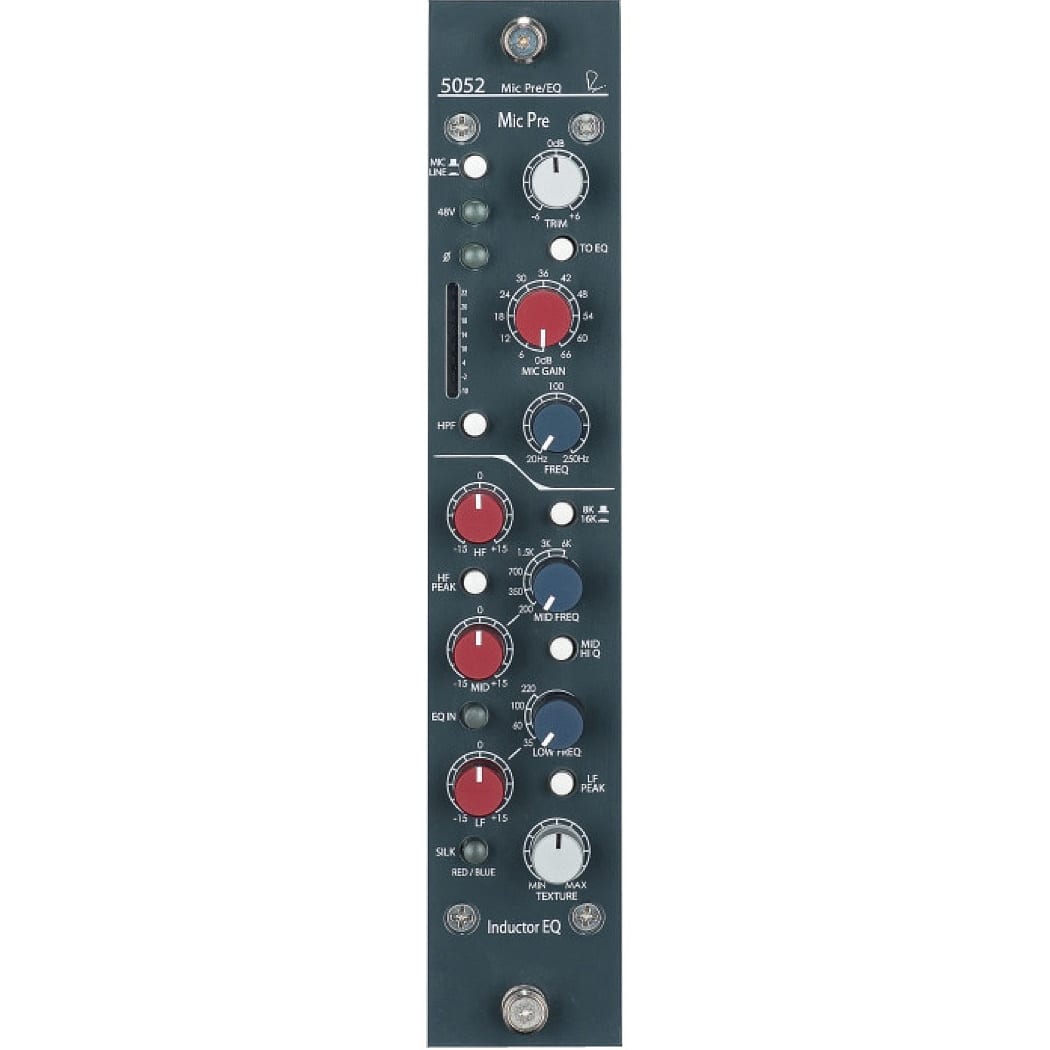

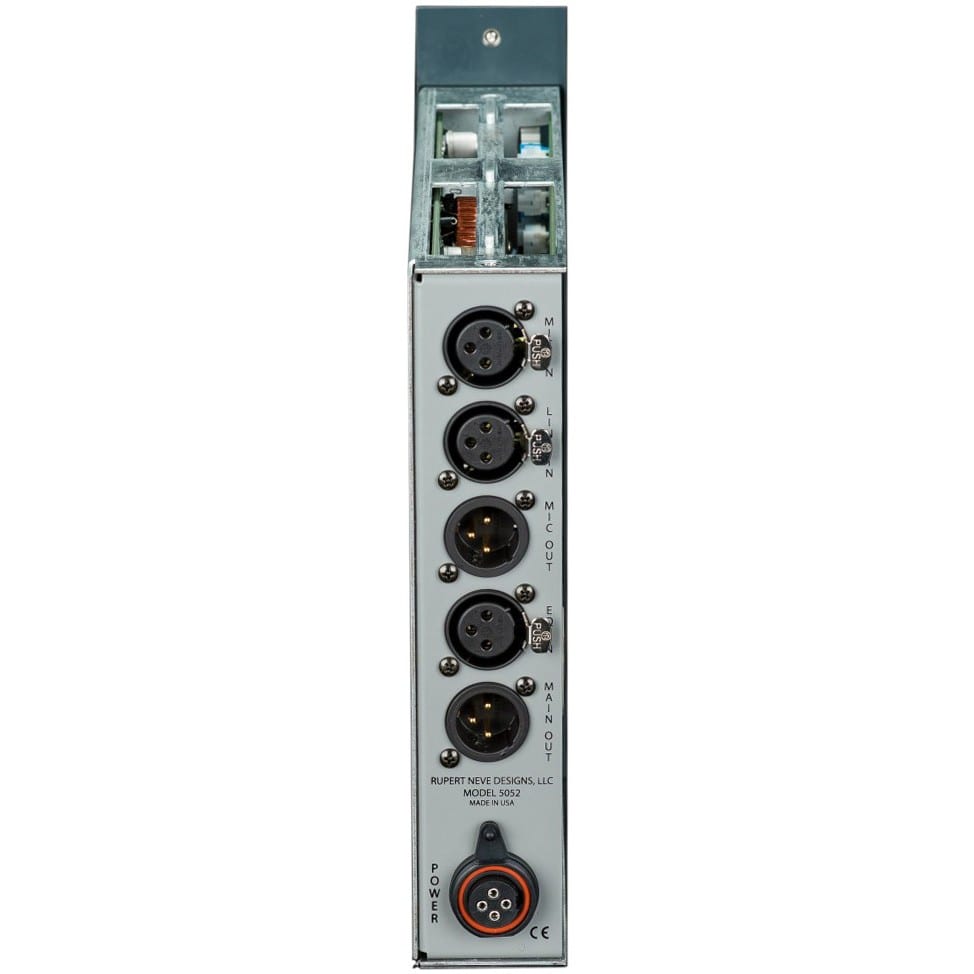

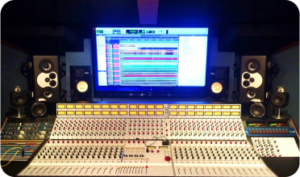

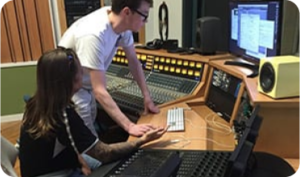

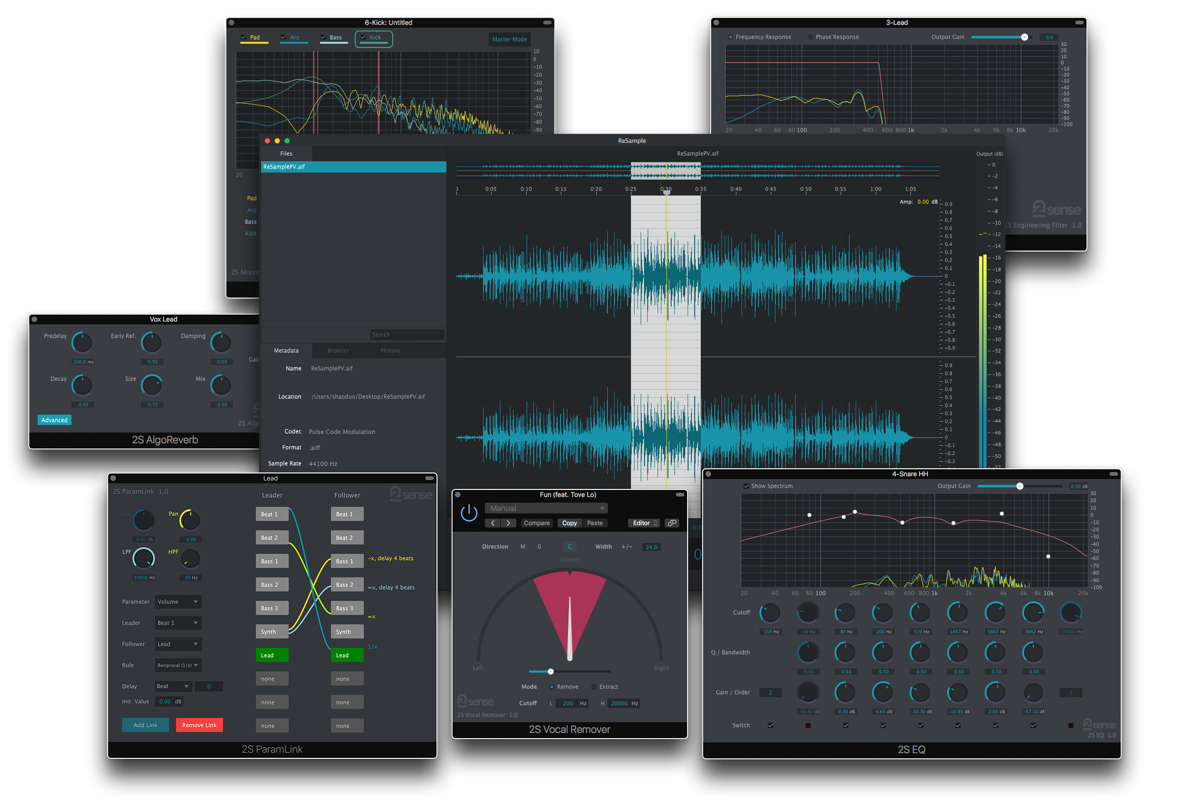
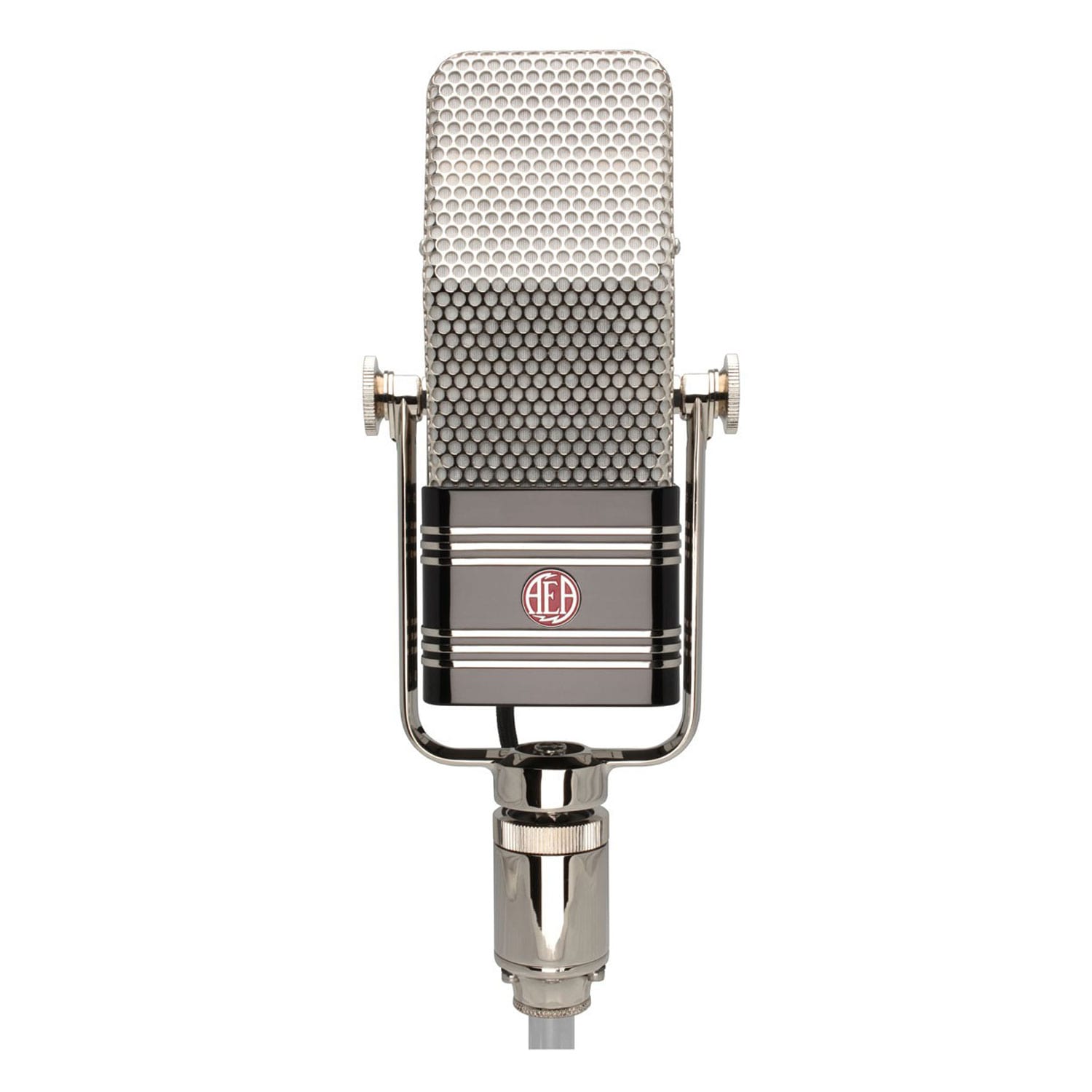
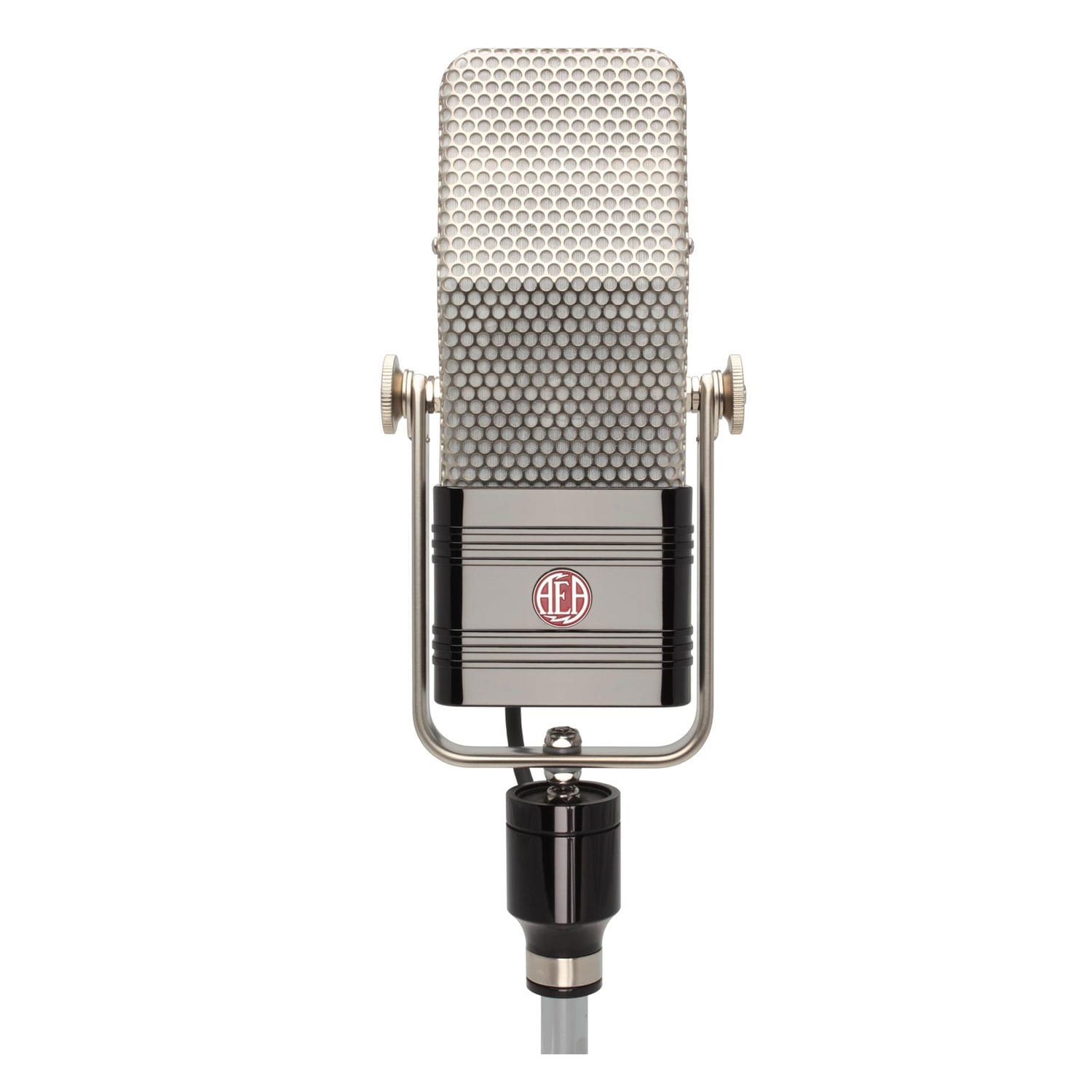
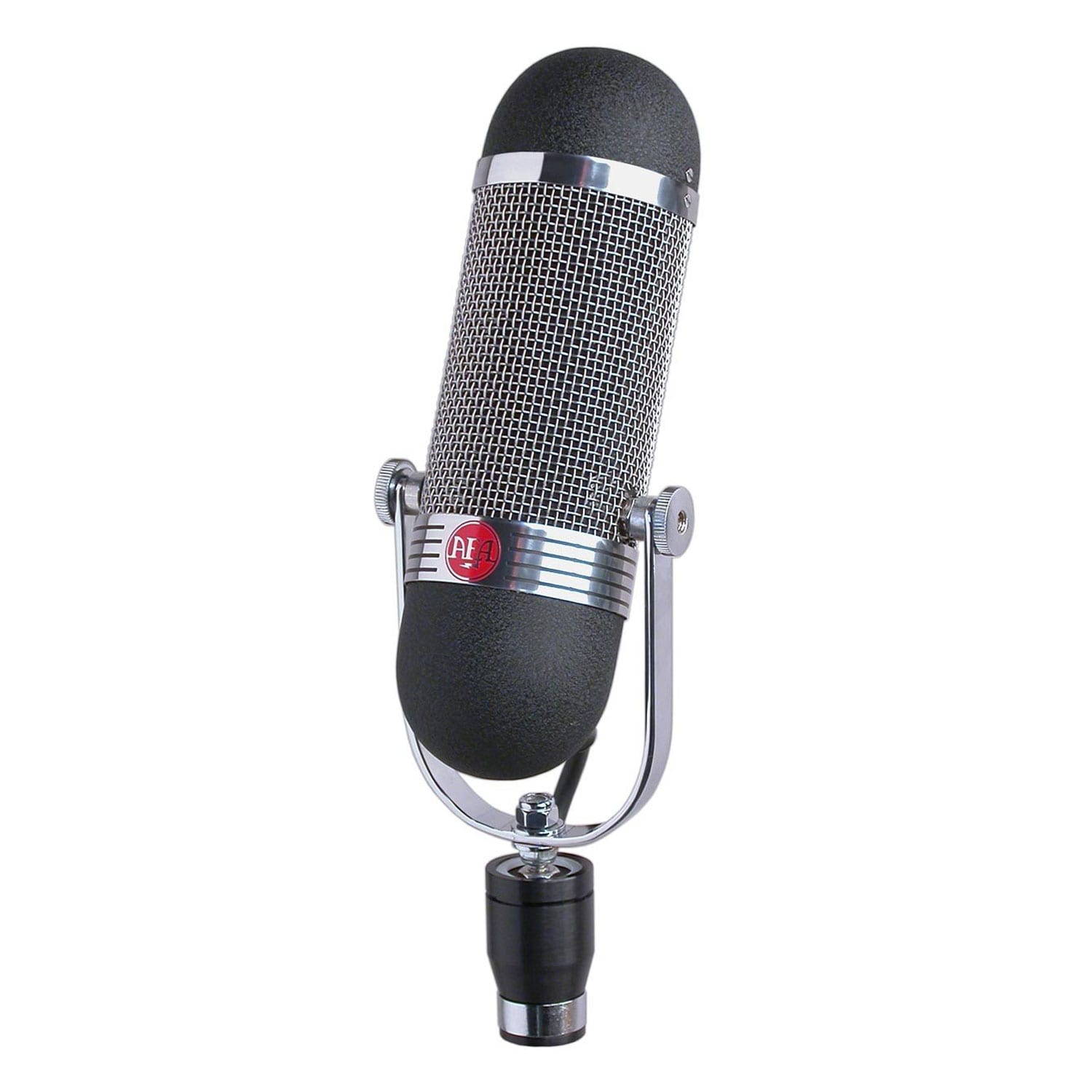
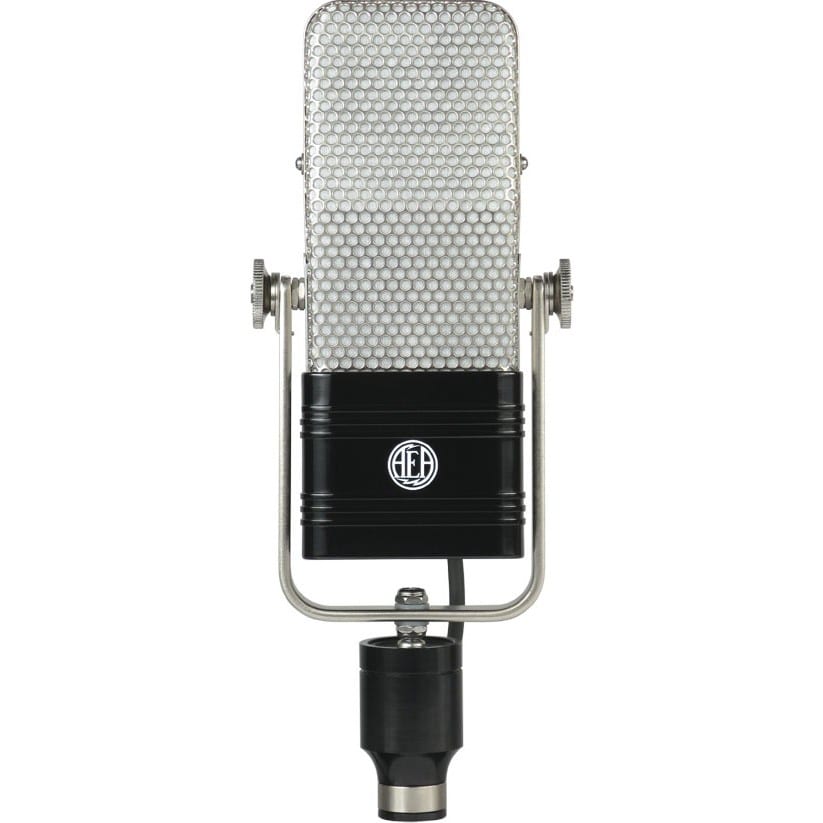
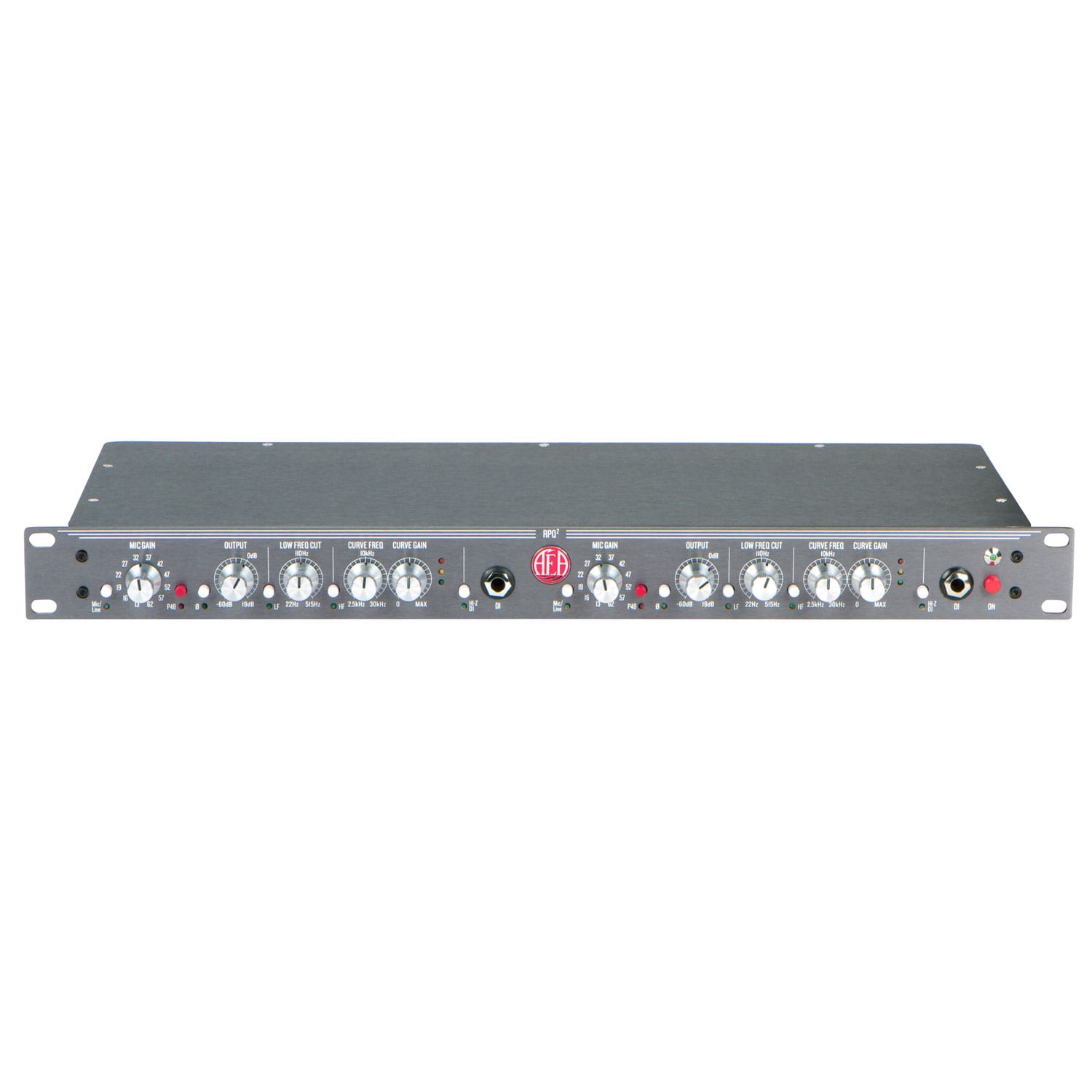
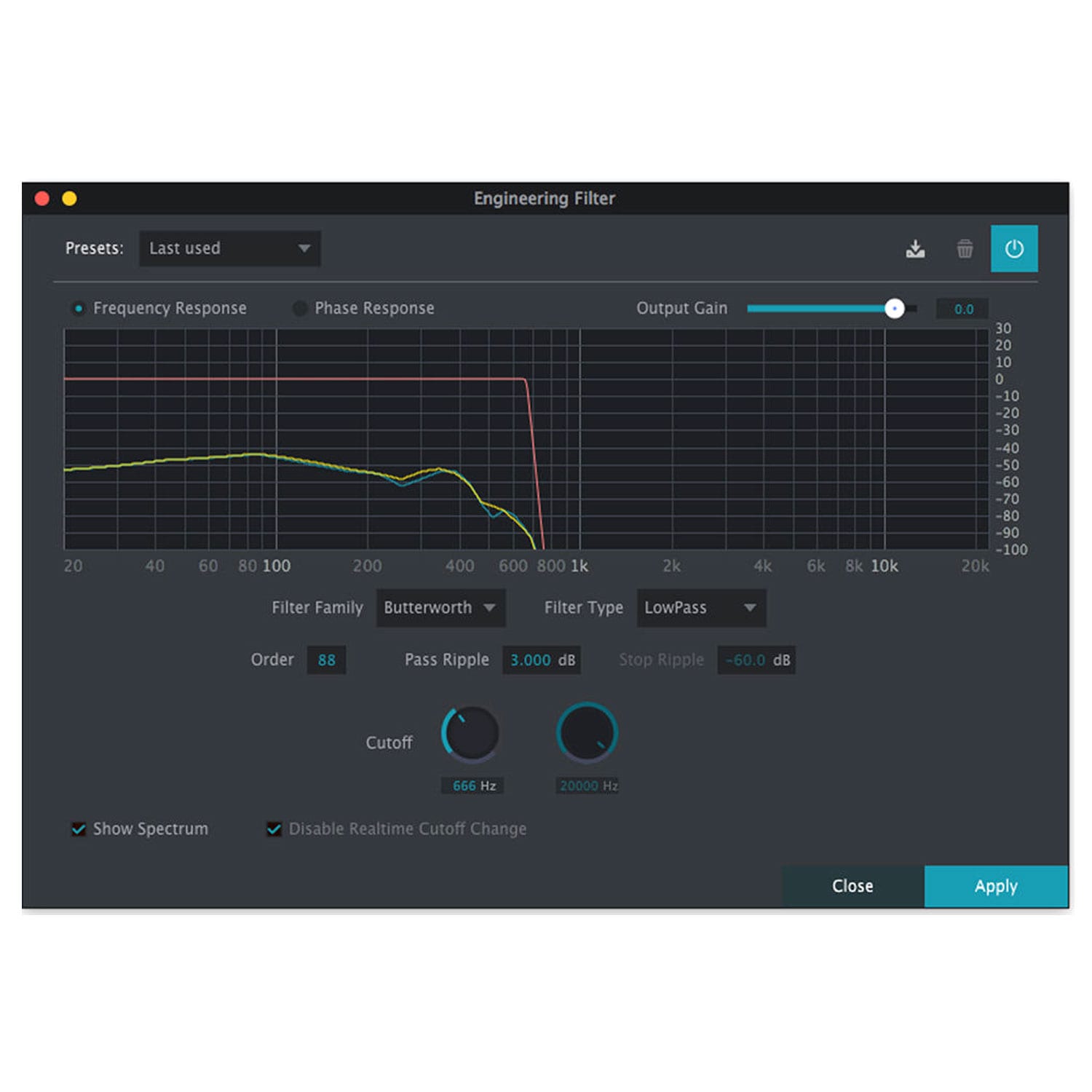
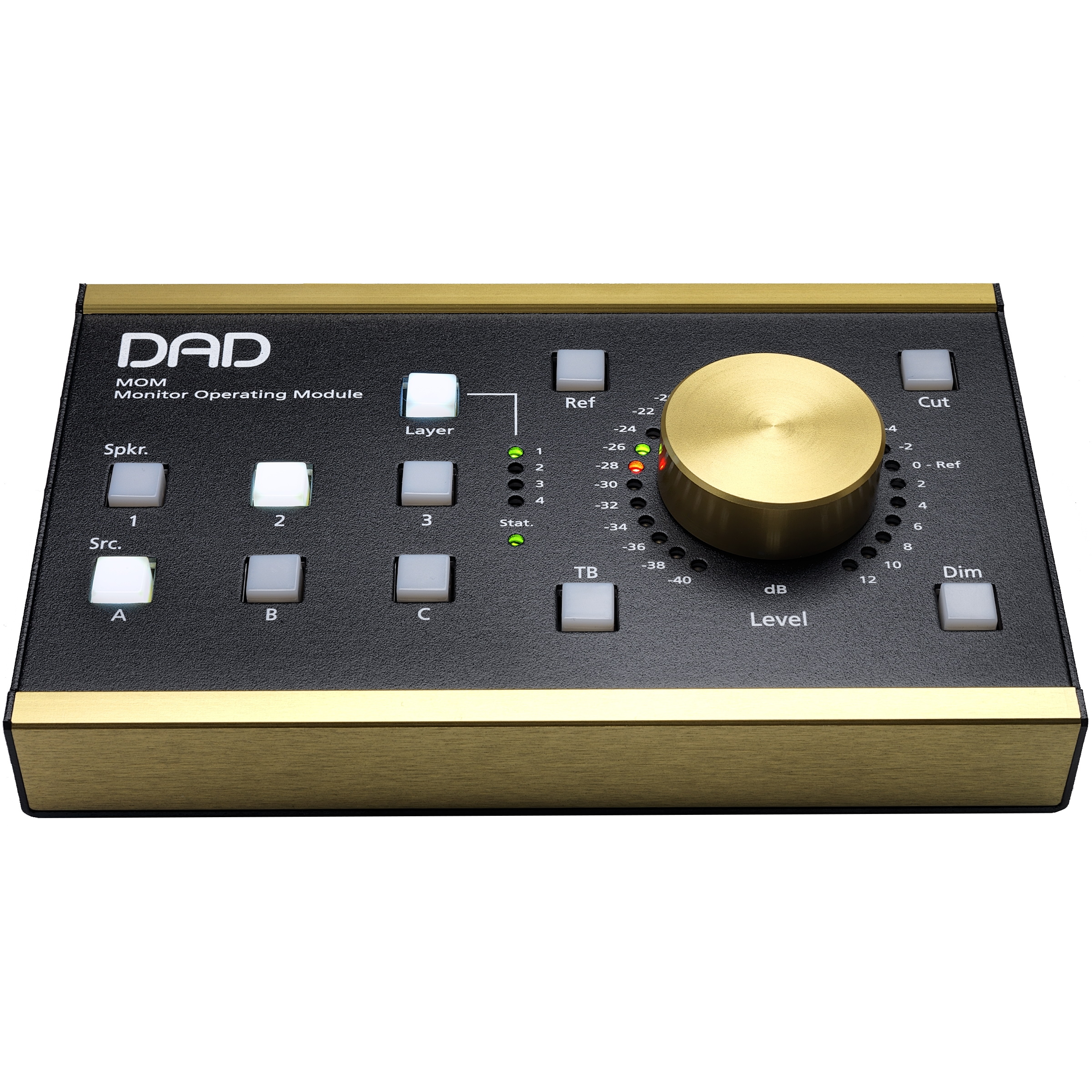
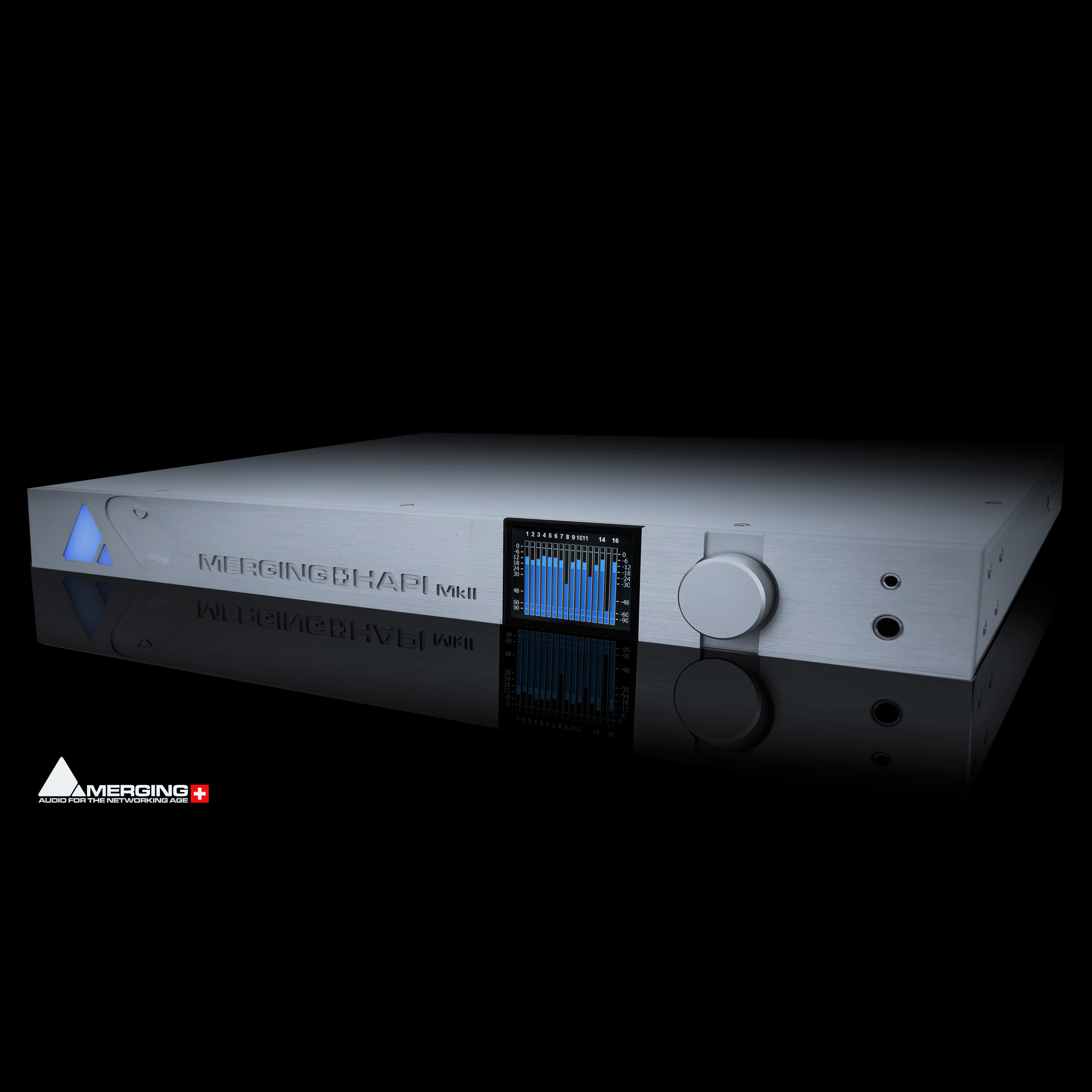
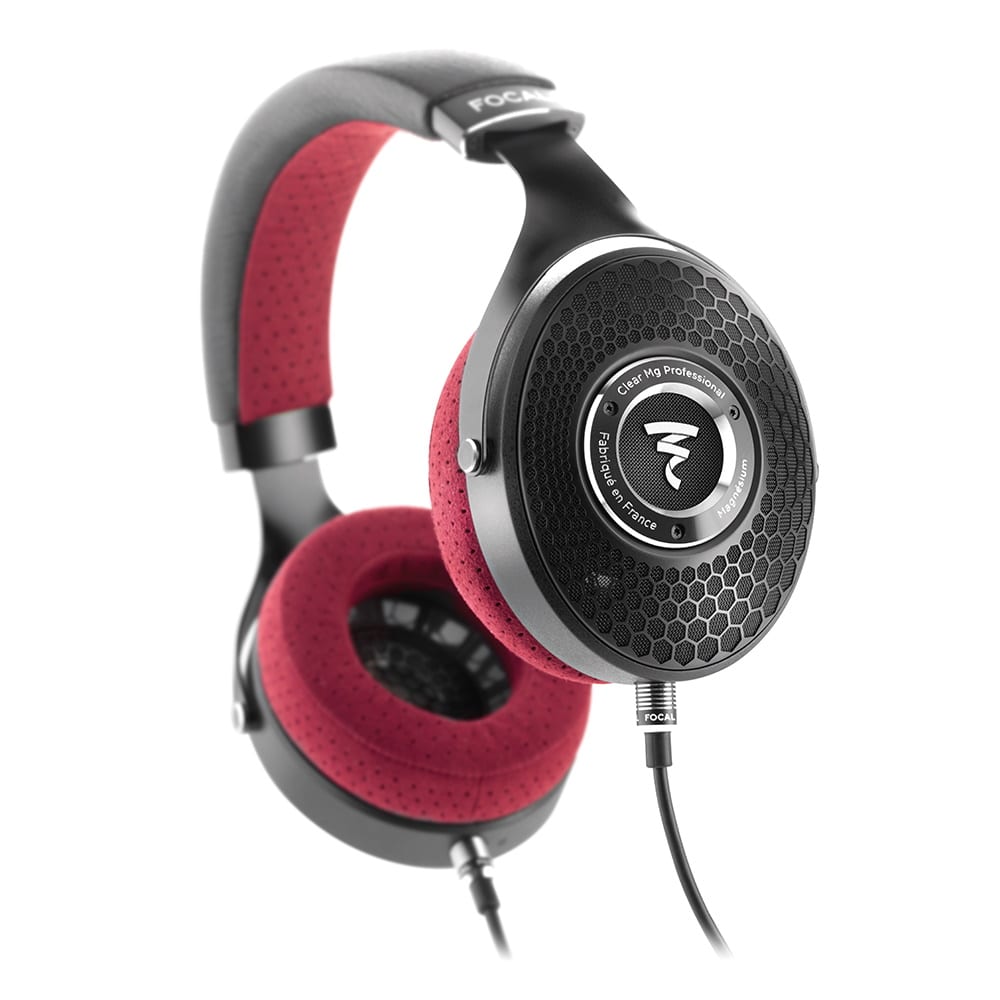
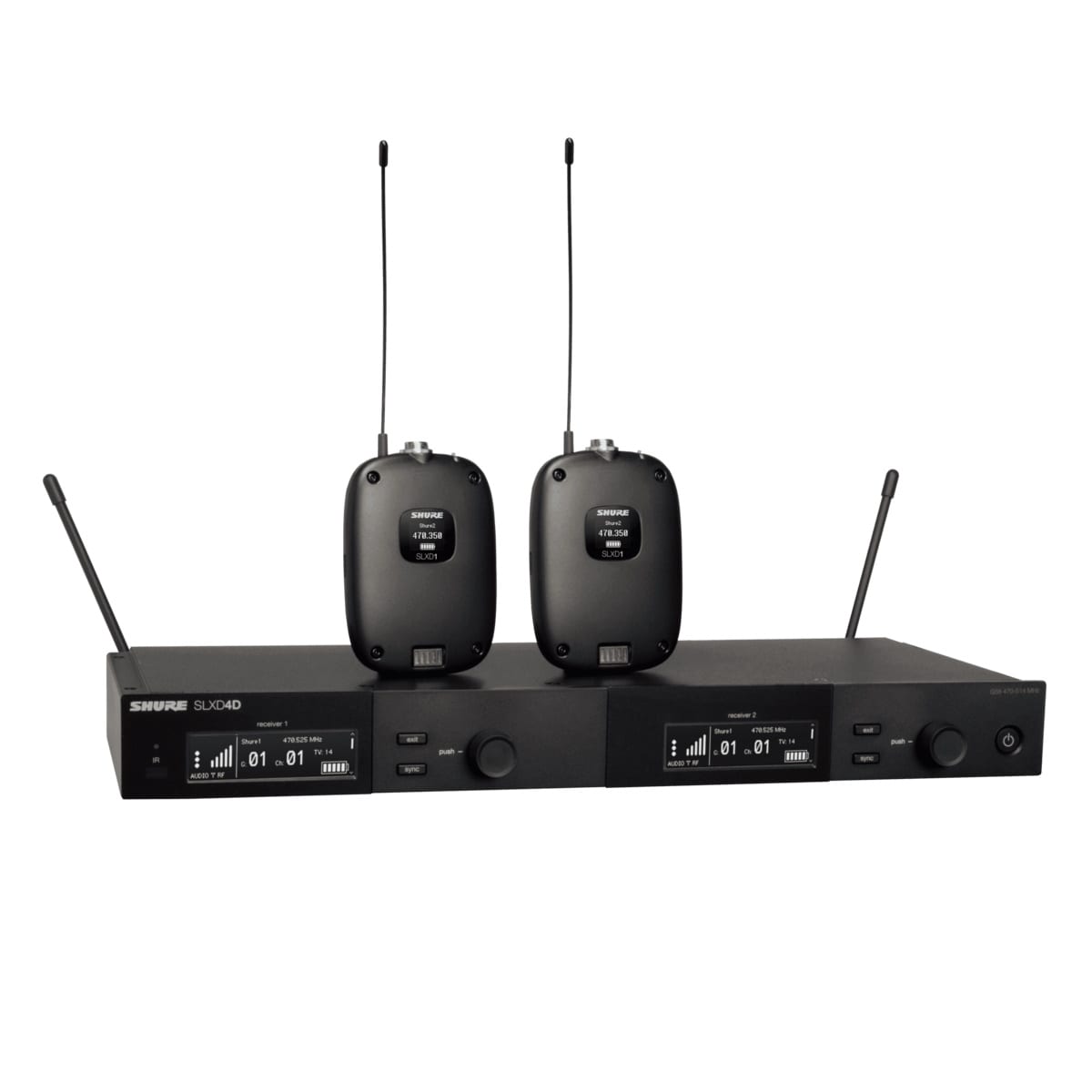
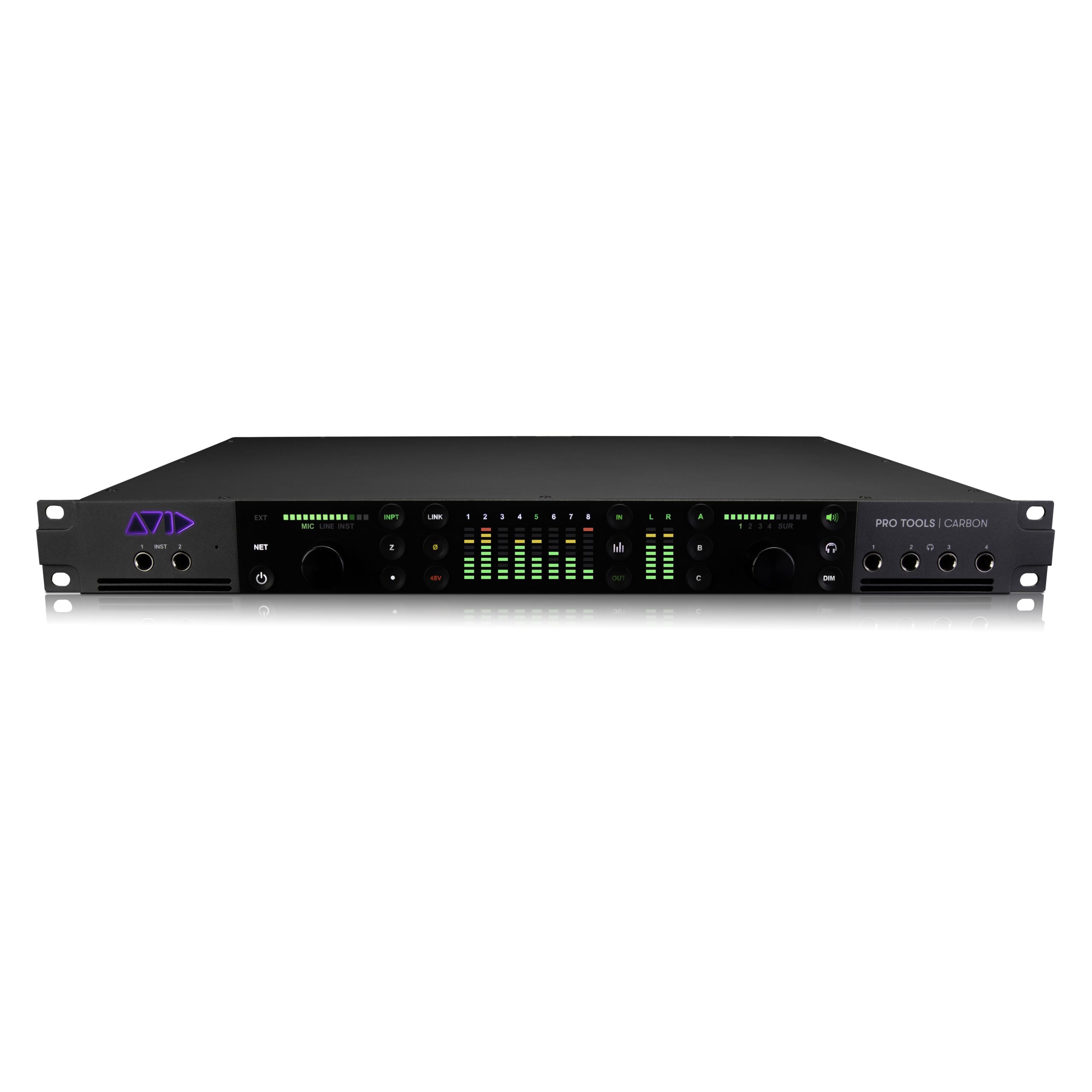
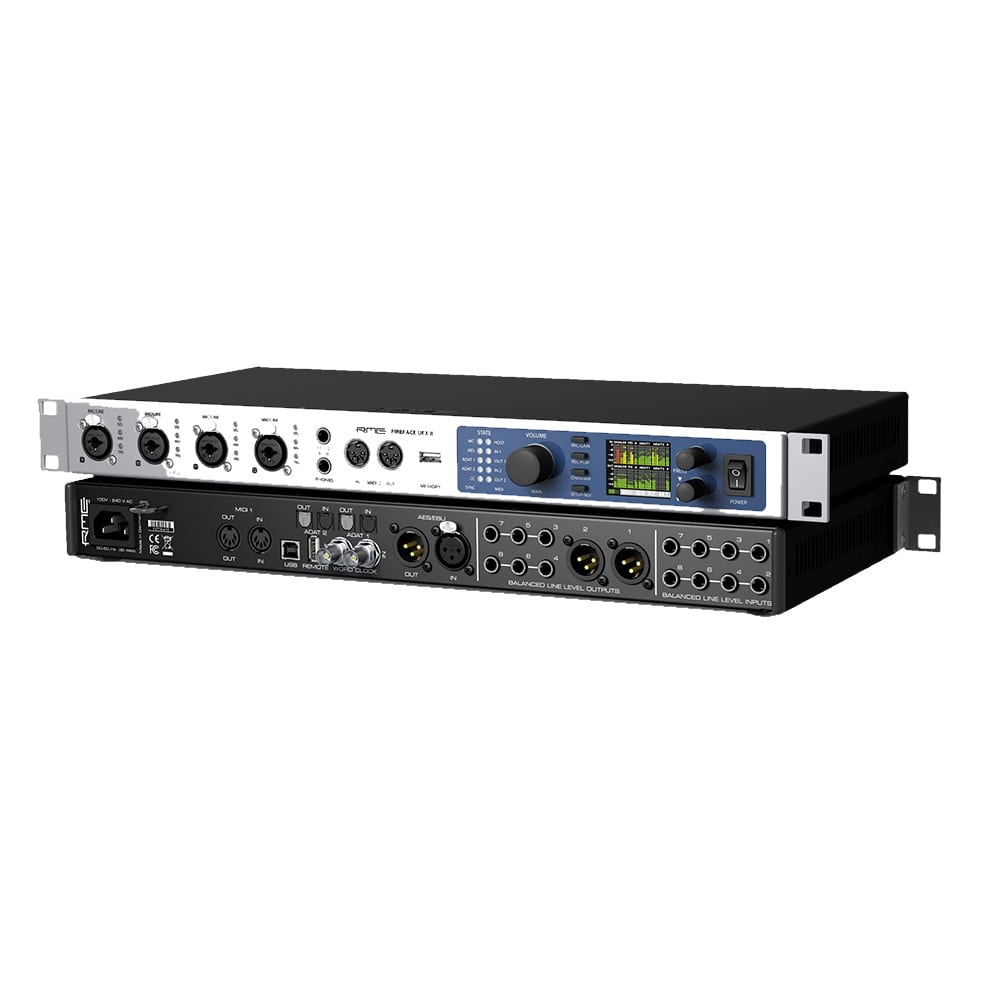
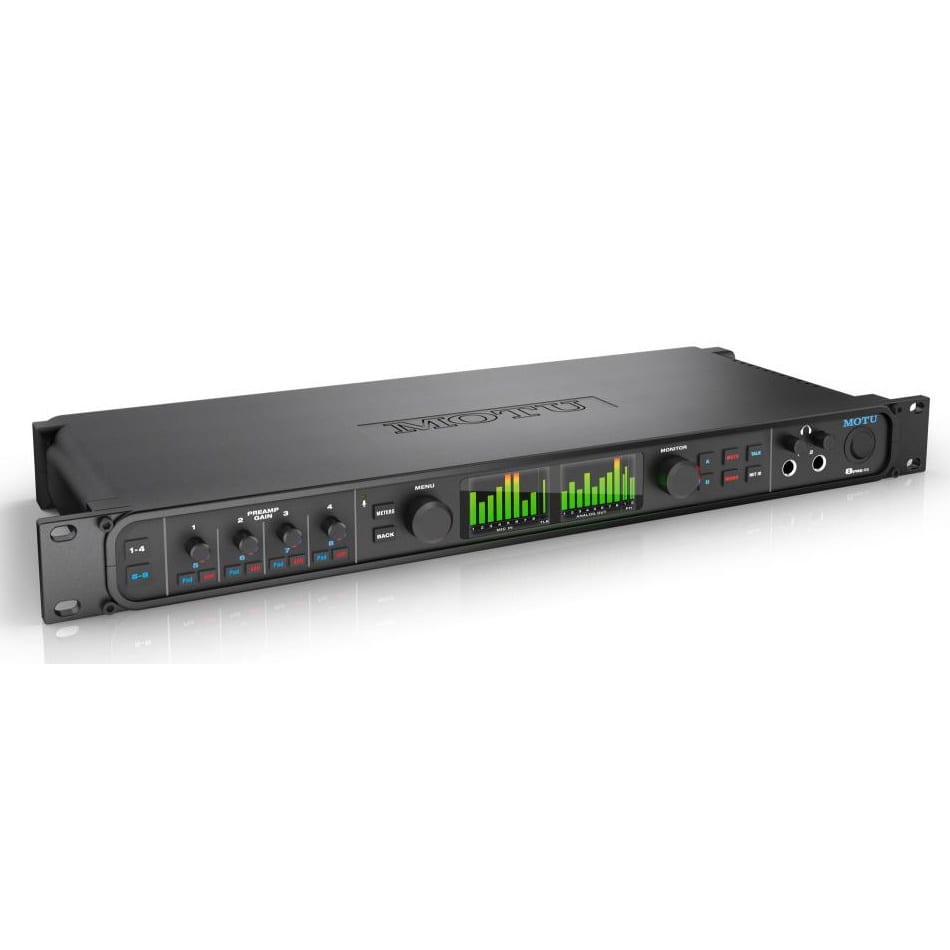
Reviews
There are no reviews yet.